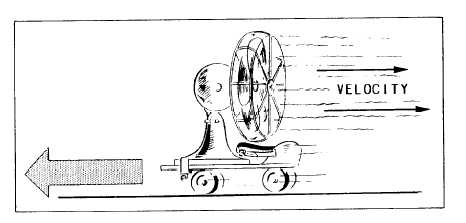Figure 5-4.—Demonstration of the velocity of the reaction principle.
Figure 5-5.—Demonstration of the kickback of the reaction principle.
The reaction turbine uses the reaction of a
In the reaction turbine,
steam jet to drive the rotor. You learned that an
attached to the turbine casing act as nozzles and
stationary blades
impulse turbine increases the velocity of steam and
transforms that potential energy under pressure
into kinetic energy in a steam jet through nozzles.
A forward force is applied to the steam to increase
its velocity as it passes through the nozzle. From
Newton’s third law of motion, you see that the
steam jet exerts a force on the nozzle and an equal
reactive force on the turbine blades in the opposite
direction. THIS IS THE FORCE THAT DRIVES
THE TURBINE.
direct the steam to the moving blades. The
moving blades mounted on the rotor act as
nozzles. Most reaction turbines have several
alternating rows of stationary and moving
nozzle blades.
You can use a balloon to demonstrate the
kickback or reaction force generated by the
nozzle blades (fig. 5-5). Blow up the balloon and
release it. The air will rush out through the
5-3












